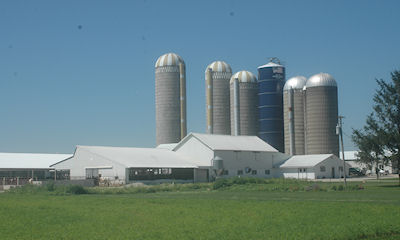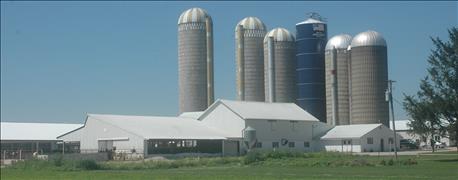
American Agriculturist recently reported that U.S. EPA was withholding nearly $2.9 million targeted for Chesapeake Bay work, until the Pennsylvania meets EPA’s expectations. See Pa faces clean water regulatory armageddon.
Apparently, those expectations were met by the commonwealth’s rebooted strategy to improve water quality in Pennsylvania’s portion of the Chesapeake Bay watershed. On Tuesday, Pennsylvania’s Department of Environmental Protection announced that EPA had restored that program funding. The commonwealth’s comprehensive strategy was developed collaboratively between DEP and Pennsylvania departments of Agriculture and Conservation and Natural Resources.

U.S. EPA restores Pennsylvania DEP funding to help farms
The funding will primarily support installation of best management practices on farms and the operations of County Conservation Districts. EPA will award the funds to DEP when federal budget authority for the new fiscal year is finalized.
“EPA appreciates Pennsylvania’s commitment to get back on-track with nutrient reduction measures necessary to achieve the Chesapeake Bay goals,” noted EPA Regional Administrator Shawn Garvin. The “submission, 18-month strategy and draft implementation plan contain many actions that can serve as building blocks to accelerate the pace of implementation.”
“This restored funding will be targeted by DEP to begin implementation of our rebooted strategy,” added DEP Secretary John Quigley. “It is a start – but only that. We have a long way to go in our efforts to assemble additional resources and to do the work to improve local water quality in Pennsylvania, and that of the Chesapeake Bay.”
If progress isn’t made, U.S. EPA still threatens additional actions, so-called backstops, that would increase the federal agency’s role in inspections, permitting and compliance.
Agriculture has a pivotal role in meeting Pennsylvania’s nitrogen and sediment reduction goals. The rebooted strategy relies on a mix of technical and financial assistance for farmers, technology, expanded data gathering, improved program coordination and capacity and – only when necessary – stronger enforcement and compliance measures.
For more information about Pennsylvania’s Chesapeake Bay strategy, click here.
About the Author(s)
You May Also Like




